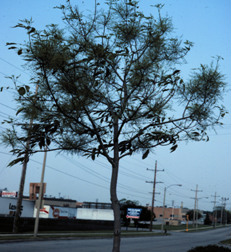
Jim Olis* and Brian Hudelson, UW-Madison Plant Pathology *Completed as partial fulfillment of the requirements for a BS in Plant Pathology at the University of Wisconsin Madison.
Revised: 8/6/2012
Item number: XHT1079
What is ash yellows? Ash yellows is a chronic, systemic disease that affects ash trees of all ages. White ash is particularly susceptible to ash yellows. Ash yellows occurs in the United States from New York and Pennsylvania west to Minnesota, Iowa, and Arkansas. The organism that causes ash yellows also causes a disease called lilac witches’-broom.
What does ash yellows look like? Symptoms of ash yellows usually occur within three years of infection. Infected trees typically grow at a much slower rate than non-infected trees, although this may be difficult to detect in a single tree. The rate of growth of an infected tree may be as little as one half that of a healthy tree. Leaves on infected trees are frequently smaller, thinner and lighter green than usual. Often, but not always, affected trees will produce branches in tufts, a symptom that is called “brooming”. Eventually, branches in the crown will die and this die-back can continue until the entire crown is dead.
Where does ash yellows come from? Ash yellows is caused by the phytoplasma, Candidatus Phytoplasma fraxinii. Phytoplasmas are bacteria-like organisms that live and survive in the food-conducting tissue (phloem) of infected plants. Leafhoppers are thought to be the primary means by which this pathogen is moved from tree to tree.
How do I save a tree with ash yellows? There is no known cure for ash yellows, but some infected trees may live and grow slowly with the disease for many years. Ash trees suspected of having ash yellows should be tested for the disease, and those trees that test positive should be removed immediately to prevent spread of the ash yellows phytoplasma to other trees in the area. Wood harvested from infected trees does not serve as a source of the phytoplasma and can be used as firewood or chipped for mulch.
How do I avoid problems with ash yellows in the future? Avoid growing ash trees in areas where ash yellows is prevalent. When choosing a lilac, use common lilac, or hybrids of common lilac and Syringa relexa or Syringa villosa. These lilacs have tolerance to the ash yellows phytoplasma. Avoid using Syringa josikaea, Syringa reticulata and Syringa sweginowii. These lilacs are highly susceptible. It is unclear if the use of insecticides (or other means) to control leafhoppers can help control the spread of this pathogen.
Download Article





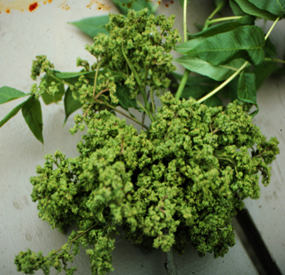 Ash Flower Gall
Ash Flower Gall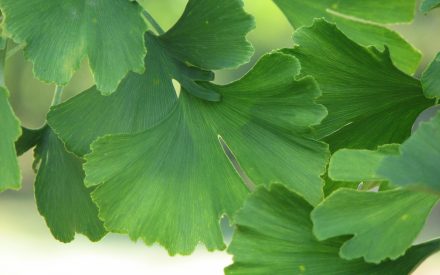 Ash Alternatives for Homeowners and Professionals
Ash Alternatives for Homeowners and Professionals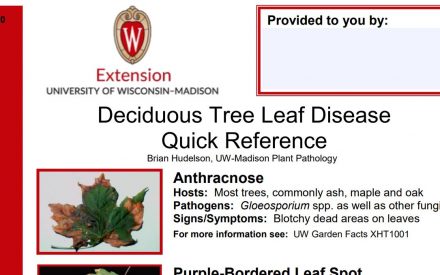 Deciduous Tree Leaf Disease Quick Reference
Deciduous Tree Leaf Disease Quick Reference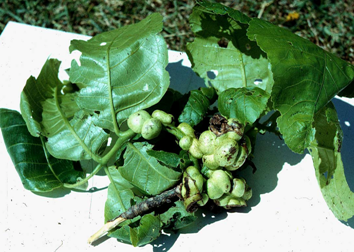 Deciduous Tree Galls
Deciduous Tree Galls


